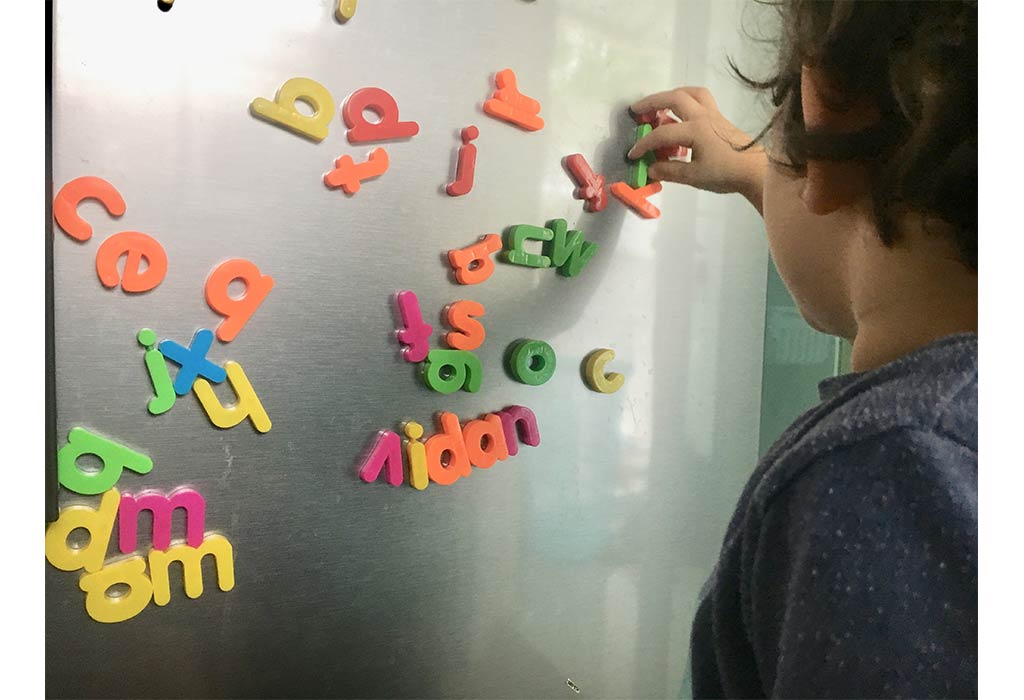Why Alphabet Tracing is Important for Kindergarten Kids

Kindergarten is an exciting time for both parents and kids. It is the beginning of the educational journey where kids learn the basics of reading, writing, and arithmetic. One of the critical skills that kindergarteners must acquire is alphabets recognition and writing.
However, for kids to master writing their alphabets, they need to get plenty of practice. That’s where alphabet tracing comes in. In this blog post, we will explore the reasons why alphabet tracing is vital in kindergarten learning.
Contents
1. Helps Build Fine Motor Skills
Alphabet tracing requires kids to hold pencils, follow lines, and stay within boundaries. This activity helps kids develop fine motor skills and hand-eye coordination, which are necessary skills for writing in the future.
2. Improves Letter Recognition
Before kids learn how to read, they need to recognize letters both in their uppercase and lowercase forms. Alphabet tracing helps kids identify different letters, and this knowledge goes a long way in their reading and writing endeavors.
3. Promotes Active Learning
Kindergarten kids love being engaged and doing hands-on activities. Alphabet tracing provides an interactive learning experience in which kids get to engage with letters and numbers while having fun. This type of active learning enhances retention.
4. Enhances Confidence
Alphabet tracing encourages kids to develop their writing skills by giving them an opportunity to practice their writing. Practice makes perfect, and as a result, kindergarteners become more confident in their writing abilities, which boosts their self-esteem.
5. Pre-writing Skills
Writing is a complex activity that requires a range of skills such as hand-eye coordination, pencil control, and letter formation. Alphabet tracing provides a foundation for these skills. It helps kids learn how to hold a pencil correctly, follow lines, and stay within boundaries. These aspects pave the way for more advanced writing skills.
6. Enhancing hand-eye coordination
The simple act of tracing letters can help children improve their hand-eye coordination. As they trace the letters, children must learn to coordinate their hand movement with visual tracking, enabling them to write fluently.
7. Improving memory retention
Regular practice in alphabet tracing can help children memorize the shapes and sounds of letters quickly. This helps build a strong foundation for reading and writing.
8. Promoting confidence
Learning new skills like tracing letters can be challenging for some children, but with regular practice, they can improve. Regular practice can help instil confidence, making it easier for them to learn other skills later.
9. Building concentration
Tracing letters may seem simple, but it requires a lot of focus, discipline, and concentration. With practice, children can develop better concentration skills that can help them in future academic pursuits.
Conclusion
Alphabet tracing is an essential activity for kindergarten kids. It helps children develop fine motor skills, improve letter recognition, promotes active learning, enhances confidence, and gives kids a foundation in pre-writing skills.
As a parent or teacher, you can integrate alphabet tracing into your child’s learning by using kindergarten worksheets, flashcards, or other activities that encourage practice. I hope this blog post has helped you understand the value of alphabet tracing in kindergarten learning.






